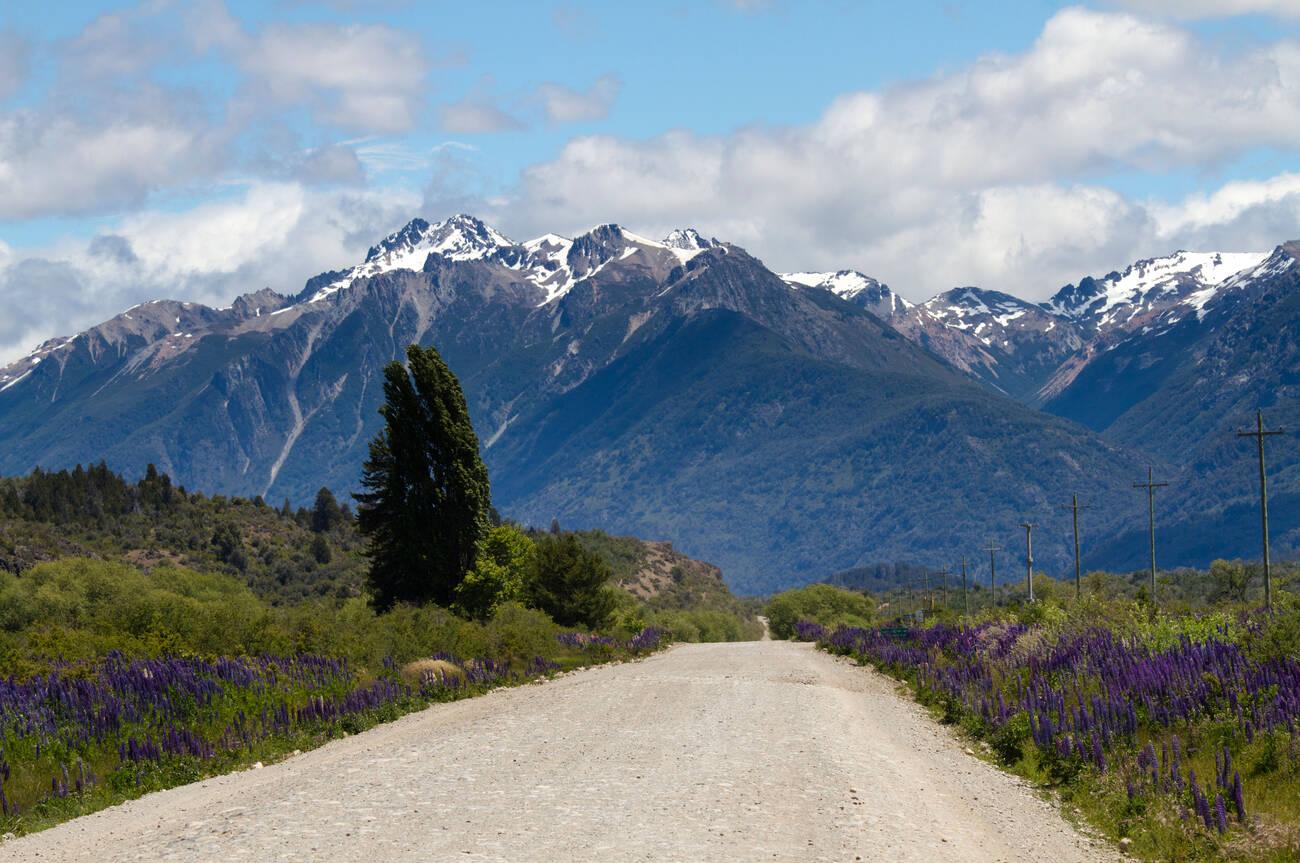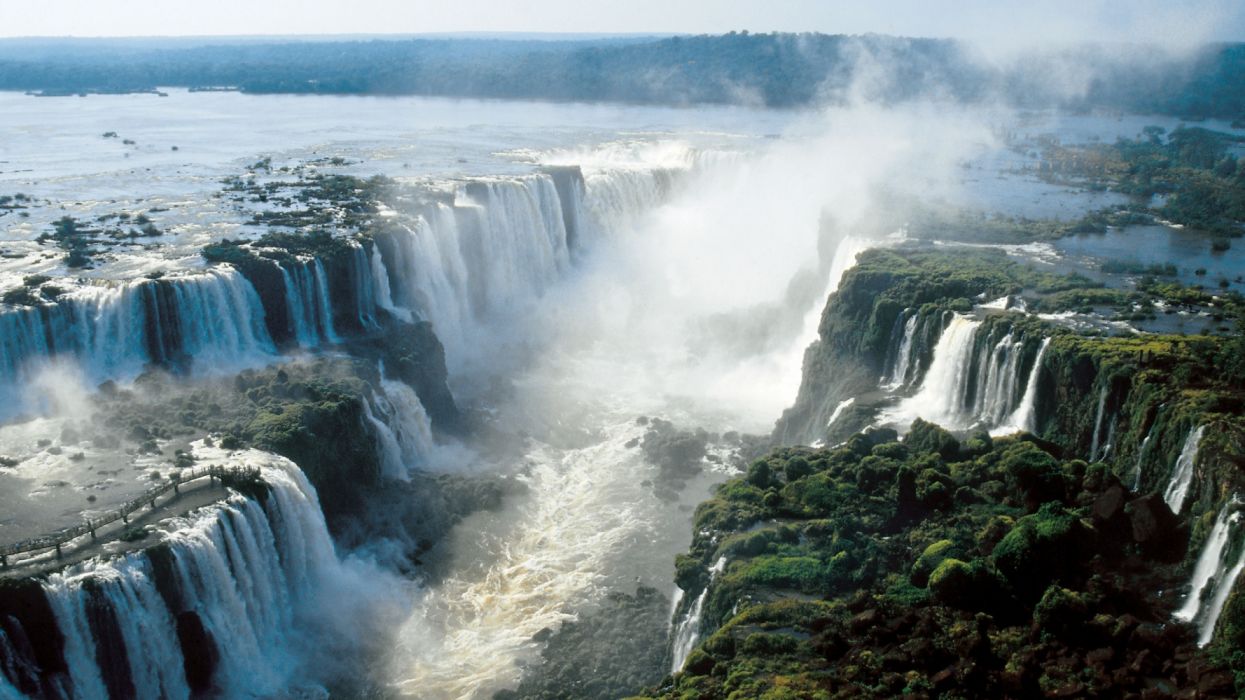
Description
The Teatro Colón (Colón Theatre) in Buenos Aires is one of the most important opera houses in the world. Its rich and prestigious history and its exceptional acoustics and architectural features rank it among theatres such as Teatro alla Scala in Milan, the Paris Opera House, the Vienna State Opera, the Royal Opera House in London, and the Metropolitan Opera House in New York.
The Colón operated in its first venue from 1857 until 1888, after which the building was closed for the construction of a new house. The new improved house opened on May 25th 1908 with a performance of Aïda. In the beginning, the theatre recruited opera companies from other countries, but as of 1925 it has had its own permanent companies (orchestra, ballet and choir) and its own production workshops, which have allowed the theatre to organise its own seasons since the 1930s, funded by the city budget. Since then, the Colón renewed its repertoire annually or by stagione, and has been able to set up whole productions on its own because of the professionalism of its specialised stagecraft staff.
Throughout the history of the theatre, no artist of importance of the 20th century has failed to appear on its stage. It's enough to mention singers such as Enrico Caruso, Claudia Muzio, Maria Callas, Régine Crespin, Birgit Nilsson, Plácido Domingo and Luciano Pavarotti, dancers such as Vaslav Nijinski, Margot Fonteyn, Maia Plisetskaia, Rudolf Nureyev, Mijail Barishnikov, and conductors such as Arturo Toscanini, Herbert von Karajan, Héctor Panizza, Ferdinand Leitner, among dozens of others. It is also common for composers to come to the theatre to conduct or supervise the first performances of their productions, a tradition established by Richard Strauss, Camille Saint-Saëns, Pietro Mascagni and Ottorino Respighi.
Hightlights
Many important figures have worked steadily at the theatre to achieve their highest artistic goals, like Erich Kleiber and Fritz Busch, stage directors like Margarita Wallmann and Ernst Poettgen, ballet teachers like Bronislawa Nijinska and Tamara Grigorieva, choral directors like Romano Gandolfi and Tullio Boni, not to mention the many instrumental soloists, symphony orchestras and chamber orchestras who have graced our stage on many unforgettable evenings over more than a hundred years of uninterrupted activity.
Finally, as of the year 2010, the Teatro Colón boasts a building restored to all its original glory, giving an air of distinction to its productions. All these reasons are what make the Teatro Colón a pride of the Argentinian culture and a standard for opera, ballet and classical music across the world.















